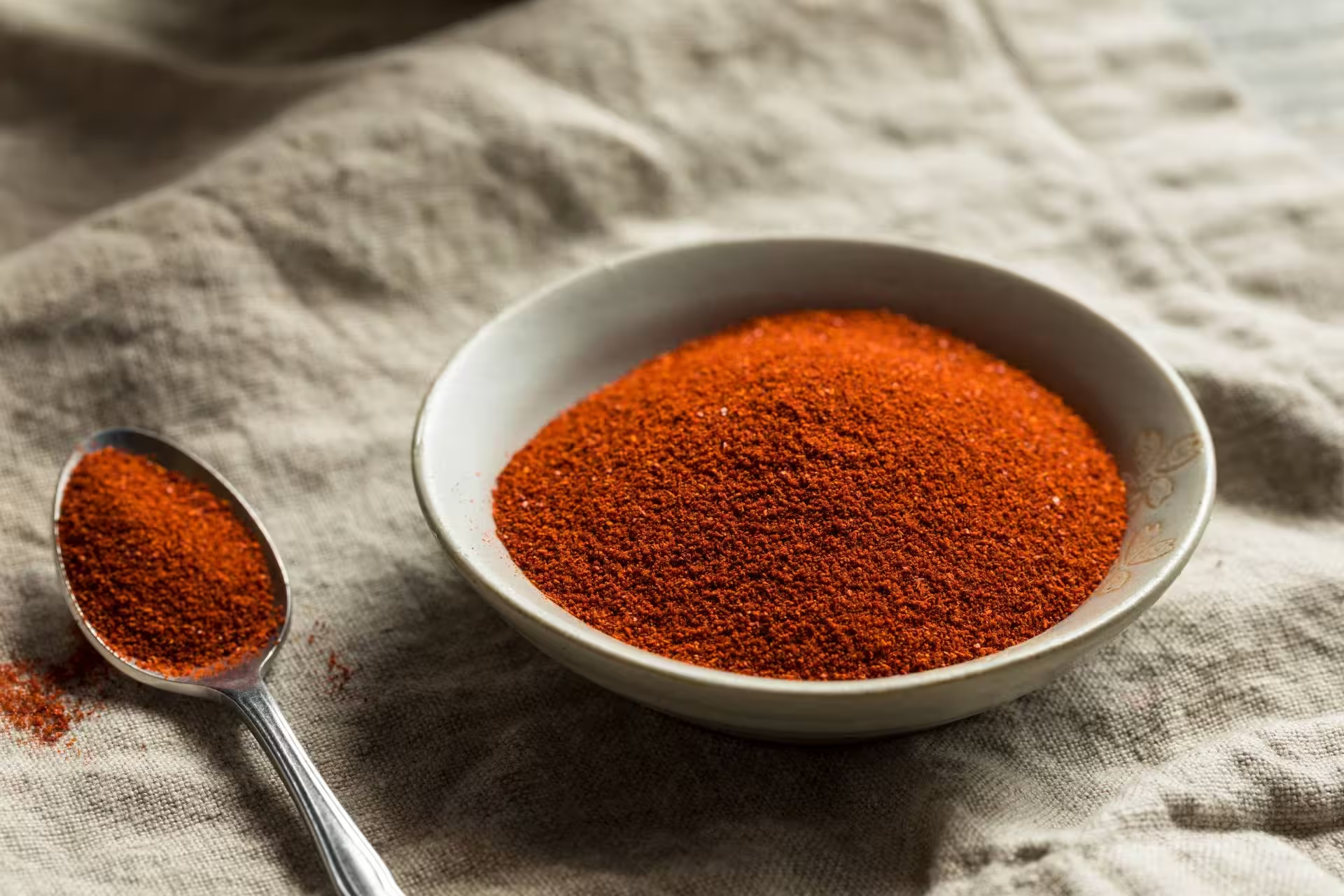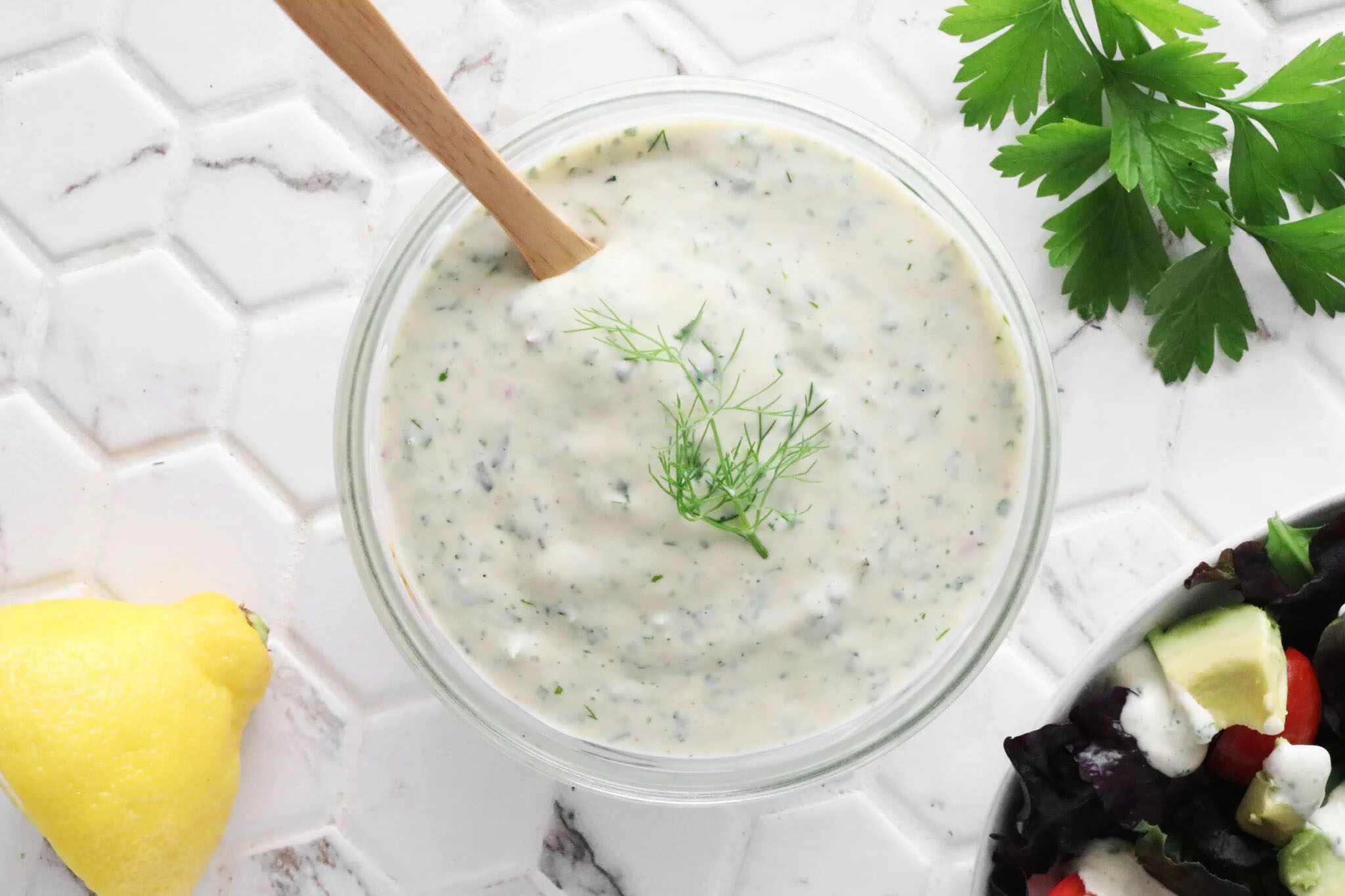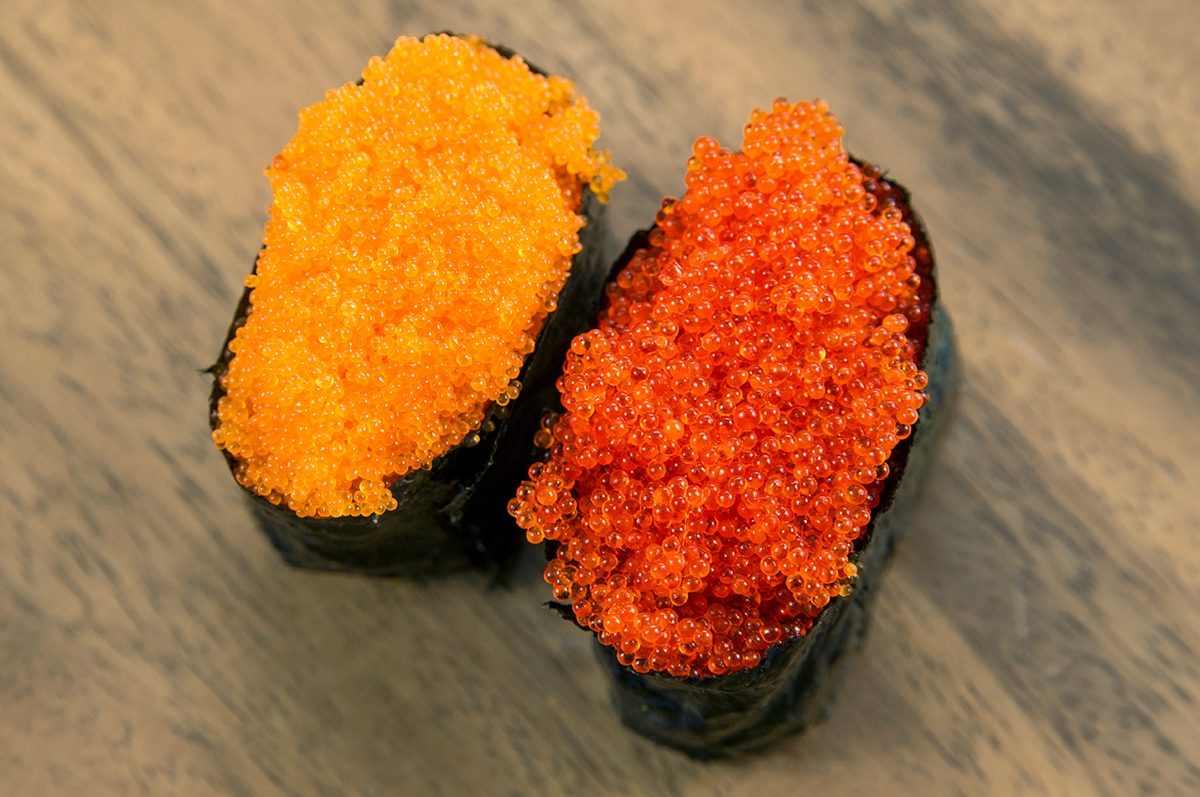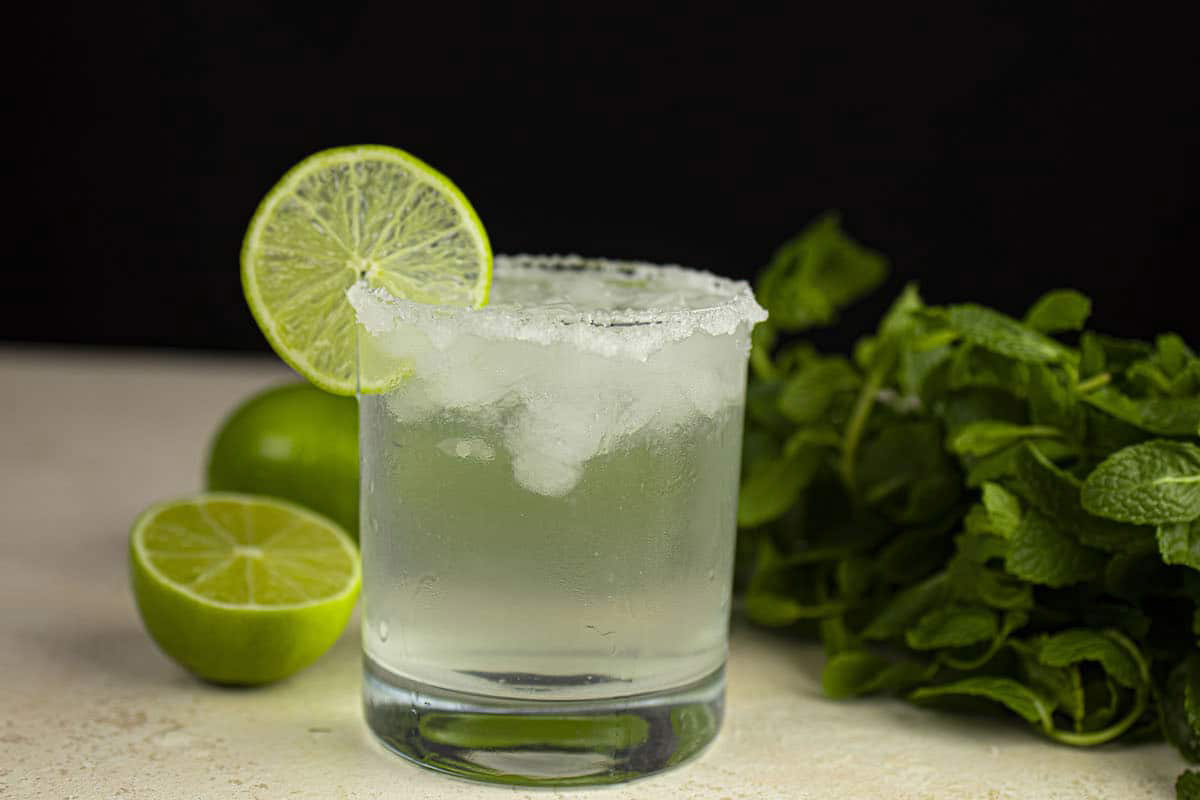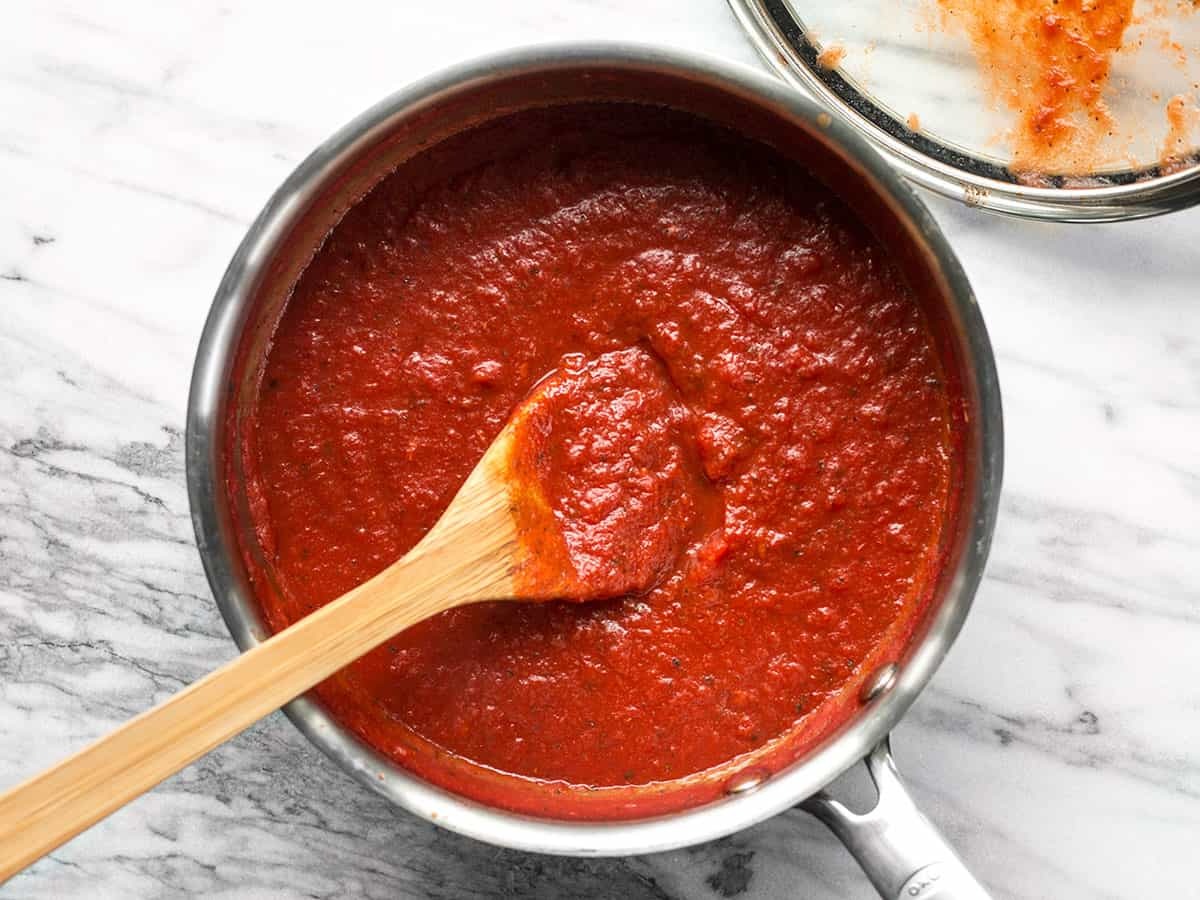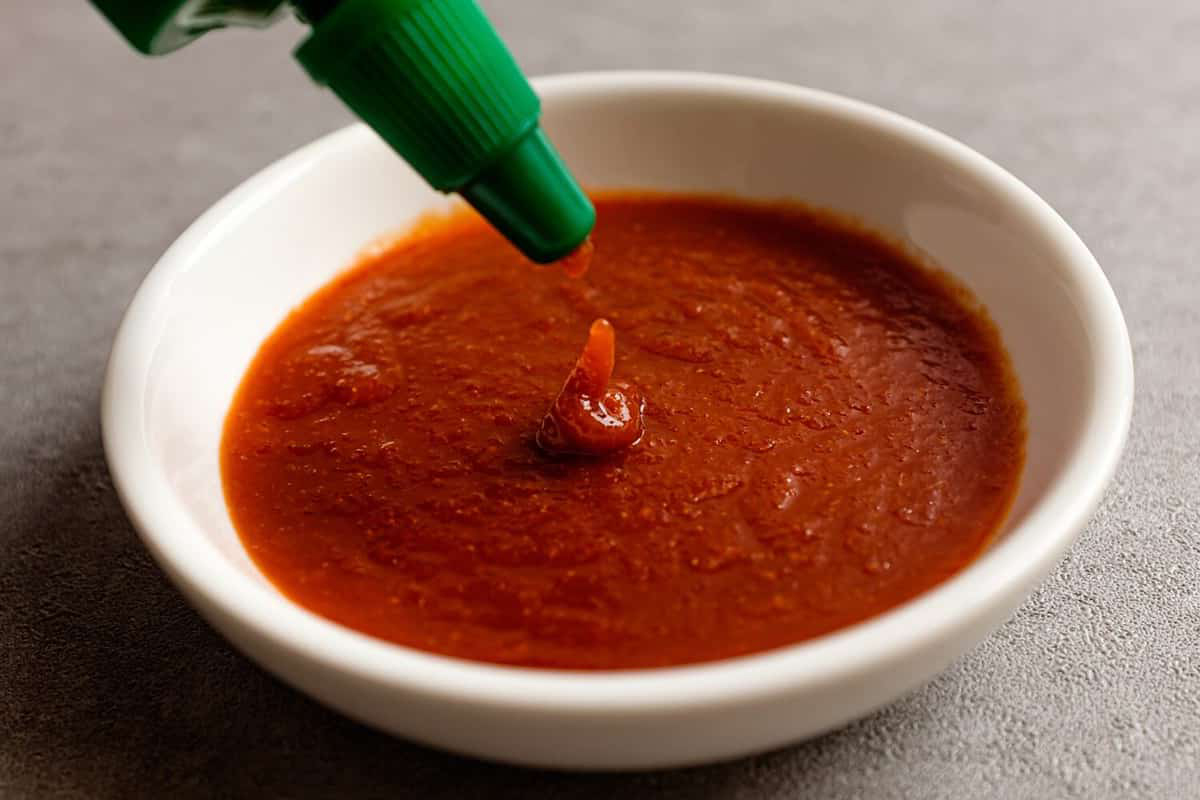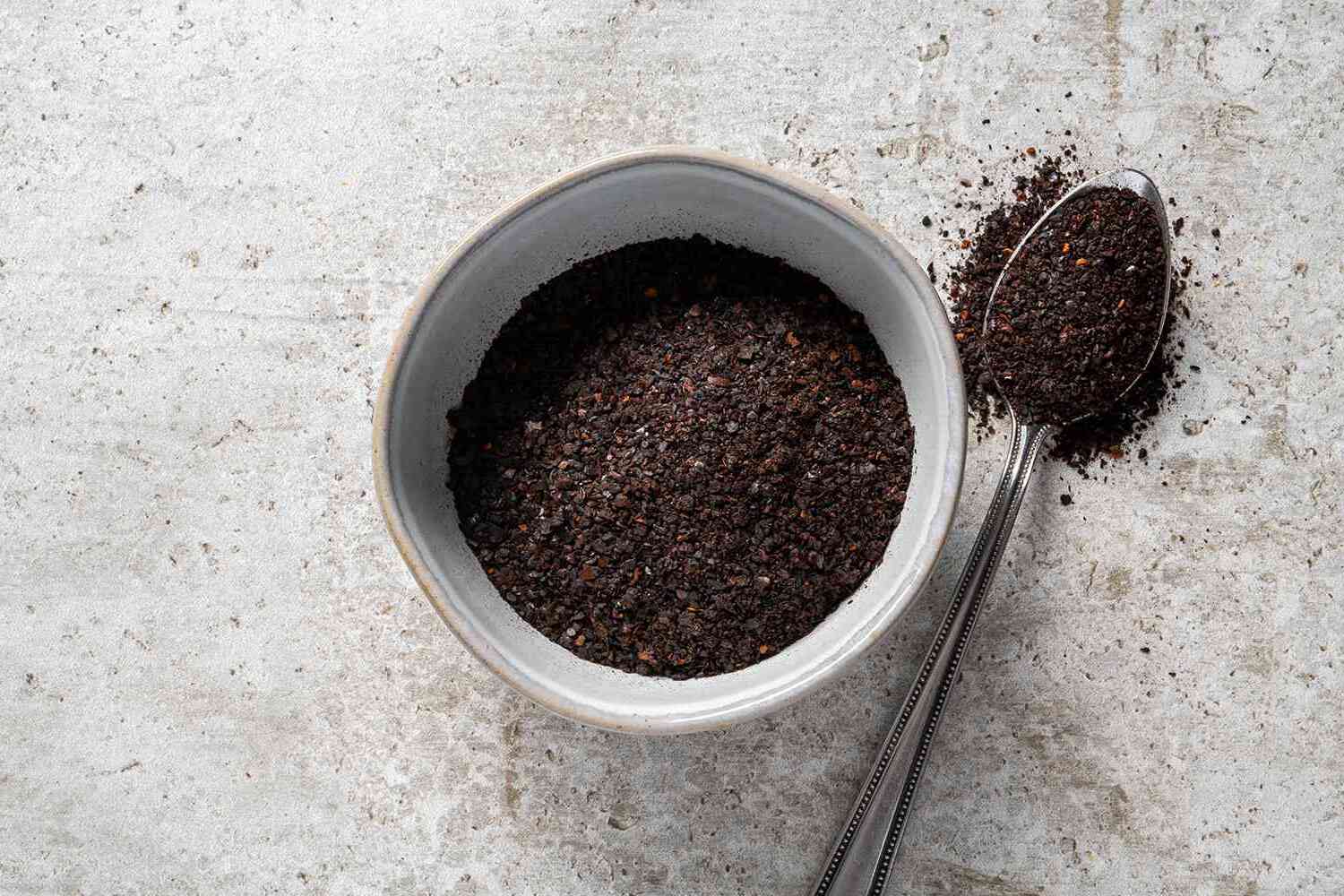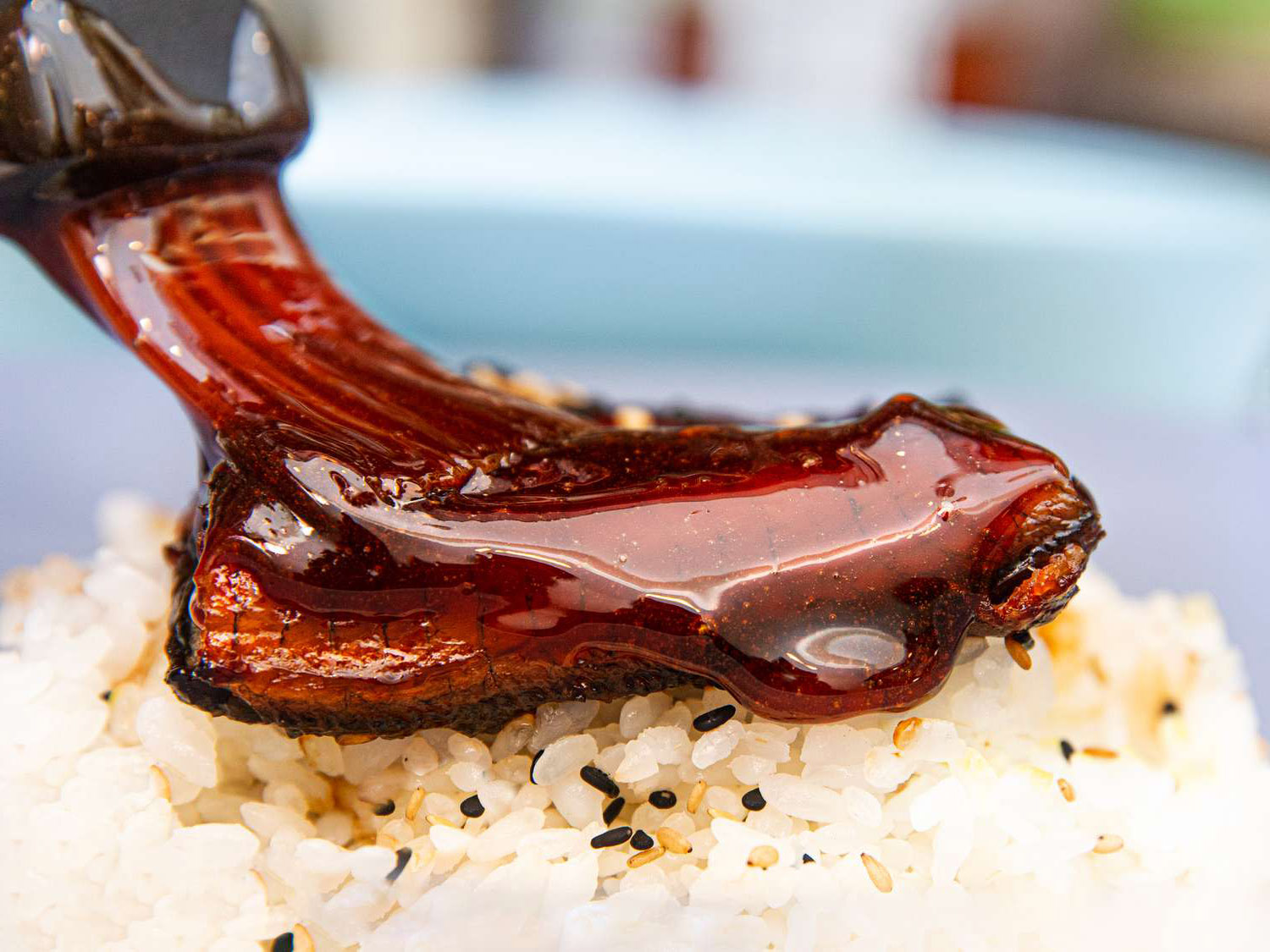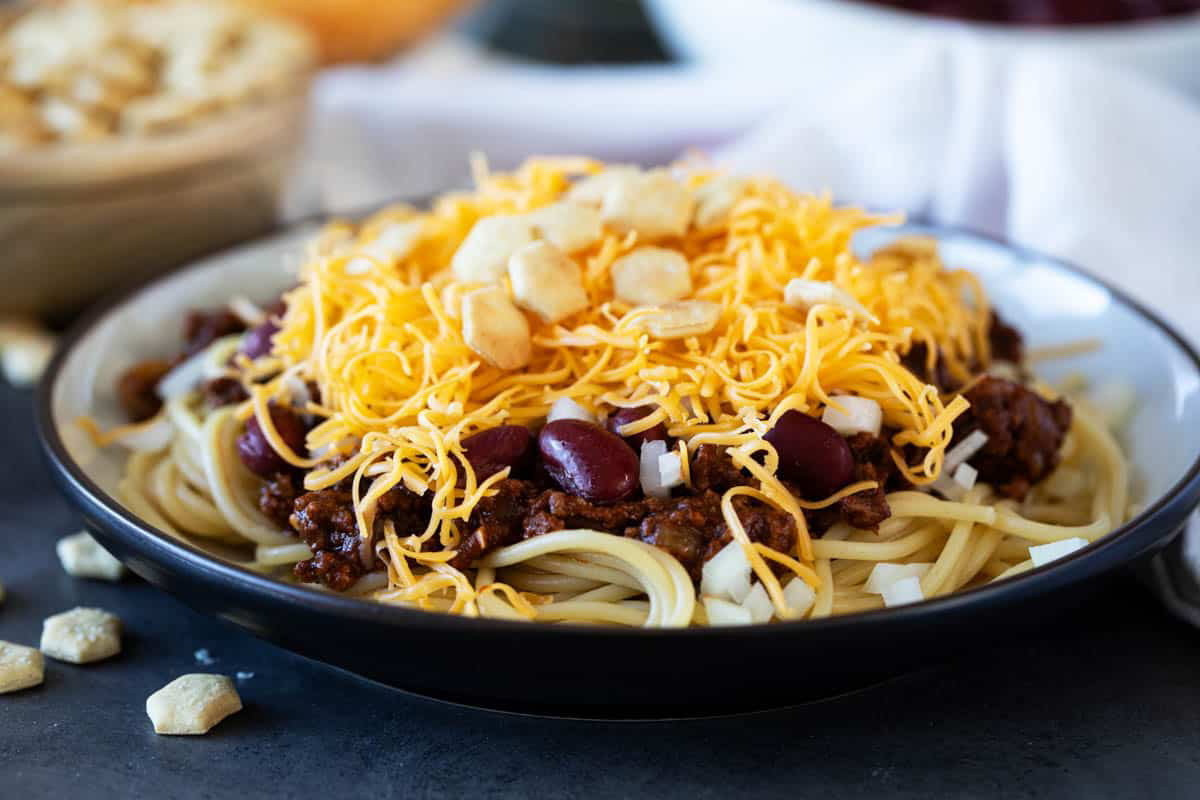Understanding Queso Fresco and Cotija
When it comes to Mexican cuisine, cheese plays a significant role in adding flavor and texture to various dishes. Two popular types of Mexican cheese that are often used in recipes are Queso Fresco and Cotija. While both cheeses originate from Mexico and have a crumbly texture, they have distinct differences that make them suitable for different culinary applications.
Queso Fresco
Queso Fresco, which translates to “fresh cheese,” is a mild, soft, and creamy cheese that is commonly used in Mexican cuisine. It is made from cow’s milk and has a slightly tangy flavor. Queso Fresco is known for its crumbly texture and is often used as a topping for dishes such as tacos, enchiladas, and salads. This cheese is also a popular choice for crumbling over beans, soups, and grilled vegetables.
Key characteristics of Queso Fresco include:
- Mild and creamy flavor
- Soft and crumbly texture
- Commonly used as a topping for various dishes
Cotija
Cotija cheese is a hard, aged cheese that originates from the town of Cotija in the Mexican state of Michoacán. It is made from cow’s milk and has a strong, salty flavor. Unlike Queso Fresco, Cotija is aged, which gives it a firmer texture and a more intense taste. This cheese is often crumbled or grated and used as a topping for dishes such as tostadas, soups, and street corn (elote).
Key characteristics of Cotija include:
- Hard and crumbly texture
- Strong and salty flavor
- Commonly used as a topping for specific dishes
The Difference
While both Queso Fresco and Cotija are crumbly cheeses that originate from Mexico, the main differences lie in their flavor, texture, and culinary uses. Queso Fresco is mild, soft, and creamy, making it suitable for a wide range of dishes as a topping or ingredient. On the other hand, Cotija is hard, aged, and has a strong, salty flavor, making it a popular choice for adding a bold kick to specific dishes.
When choosing between Queso Fresco and Cotija, consider the flavor profile and texture that will best complement the dish you are preparing. Whether you’re looking for a mild and creamy topping or a bold and salty finish, both cheeses offer unique characteristics that can elevate the flavors of your favorite Mexican recipes.
In Conclusion
Understanding the differences between Queso Fresco and Cotija can help you make informed decisions when selecting the right cheese for your Mexican dishes. Whether you’re aiming for a mild and creamy addition or a bold and salty finish, both cheeses bring their own distinct qualities to the table. Experimenting with these cheeses in your recipes can open up a world of flavor possibilities and enhance your culinary creations.
Next time you’re in the kitchen preparing a Mexican-inspired meal, consider the unique characteristics of Queso Fresco and Cotija and choose the cheese that best suits your desired flavor and texture.
Was this page helpful?
Read Next: What Is Tajín Good On?
